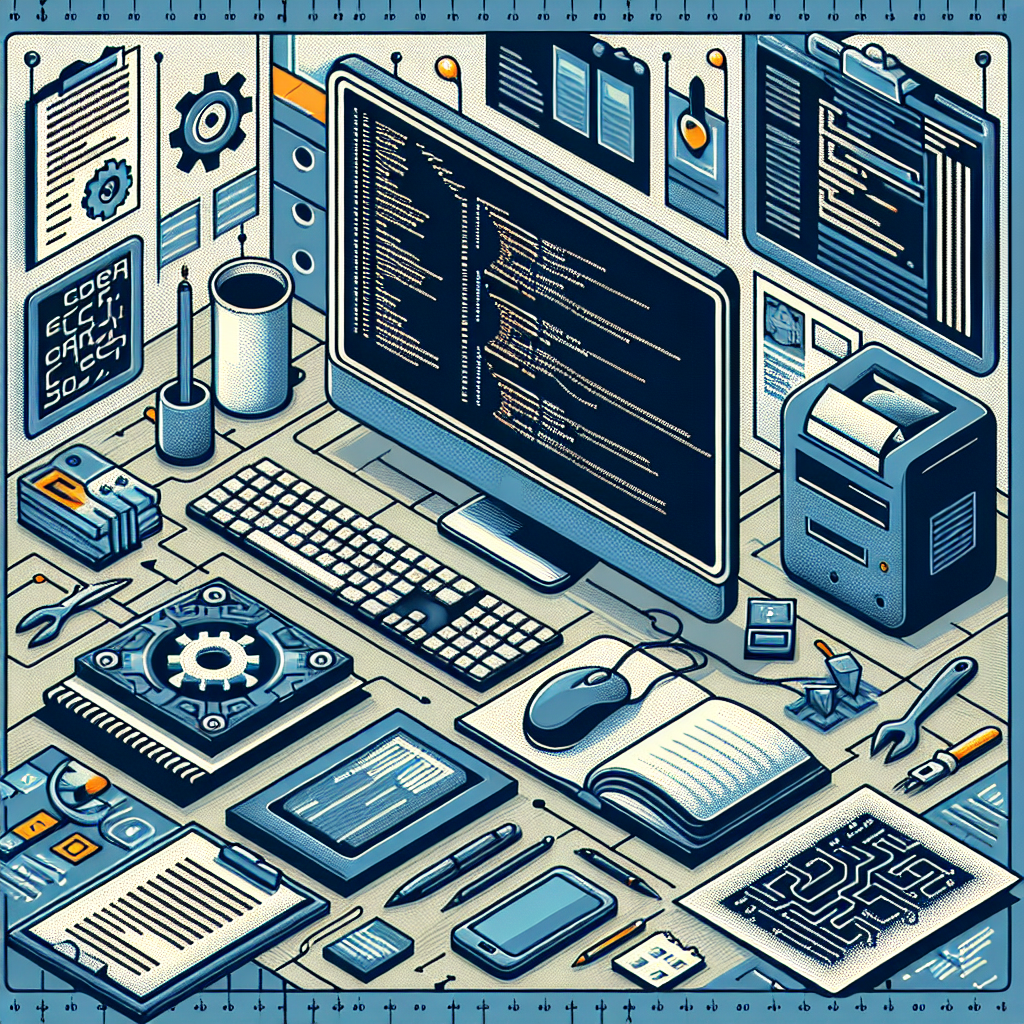=== ARM systems have been steadily gaining popularity over the years and are now synonymous with efficient power consumption and high performance. They have found their place in a wide range of applications, from smartphones and tablets to embedded systems and servers. If you are a software developer, understanding and developing for ARM architectures is an essential skill to have in your toolkit. This article guides you through the key tools and best practices for developing software for ARM.
Embracing the Future with ARM: An Introduction
ARM (Advanced RISC Machine) is a type of processor architecture that is characterized by simplicity, low power consumption, and high performance, making it a popular choice for mobile and embedded applications. It is increasingly being adopted in a variety of sectors, from automotive to IoT, signaling a shift in industry preference towards more efficient, compact, and powerful computing systems. The move from traditional x86 architectures to ARM is a significant example of this trend. ARM’s growing popularity makes it essential for developers to familiarize themselves with ARM-based development.
As a developer, when you invest your time and effort into learning and developing software for ARM, you are not only acquiring an in-demand skill but also aligning your growth trajectory with the future trends in technology. The ARM architecture’s flexibility and scalability mean that it can meet an ever-expanding range of computational needs, opening up vast opportunities for innovation. Moreover, developing for ARM can be a rewarding experience as it often involves solving complex problems and pushing the boundaries of what is possible with today’s technology.
While the shift towards ARM may appear challenging, the vast array of tools and resources available can significantly ease the transition. ARM provides extensive documentation, tutorials, and community forums to help developers get started and navigate through the intricacies of ARM development. It is a testament to ARM’s commitment to fostering a robust ecosystem around its architecture.
Essential Tools for Developing Software for ARM
There are several tools available that can aid in developing software for ARM. A key tool is the ARM Development Studio, an all-inclusive suite for building, debugging, and optimizing software for ARM-based applications. It supports all ARM processors and ARM CoreSight debug technology, providing a unified environment for software development. ARM Development Studio is a top-tier tool and an excellent starting point for any developer diving into ARM software development.
In addition to the development studio, ARM also provides the Keil MDK, a comprehensive software development environment for ARM-based microcontrollers. It includes an editor, compiler, debugger, and several middleware components. Given its rich feature set and ease of use, the Keil MDK is another valuable tool for ARM software development.
Moreover, the GNU Compiler Collection (GCC) also supports ARM, offering another alternative for building software for ARM systems. It is a free and open-source compiler suite that supports a wide range of programming languages, making it a versatile choice for many developers. The GCC for ARM can be a great addition to your ARM development toolkit.
Best Practices for Efficient ARM Software Development
Developing software for ARM comes with its unique challenges and considerations. Here are some best practices to keep in mind to ensure efficient and effective ARM software development.
Firstly, understanding the architecture is crucial. ARM’s architecture is significantly different from conventional x86 architectures. Therefore, it’s important to invest time in learning about ARM’s architecture and instruction set, which can be found in ARM’s technical documentation.
Secondly, take advantage of the tools available. Use the ARM Development Studio, Keil MDK, GCC, or other tools that best fit your needs. These tools are designed to streamline the development process and can significantly reduce the time and effort required.
Lastly, be mindful of optimization. ARM processors are known for their efficiency and low power consumption, so it’s important to write software that takes advantage of these traits. This means optimizing your code for performance and power efficiency, which can be achieved through techniques like proper memory management, efficient use of CPU cycles, and exploiting the features of the ARM instruction set.
In Summary: Mastering ARM Software Development Journey
The journey of mastering ARM software development is a rewarding one. By understanding the architecture, leveraging the right tools, and following best practices, you can develop efficient and powerful software for a wide range of ARM-based applications.
In the process, you will equip yourself with an in-demand skill that aligns with the future trends of technology. As you venture further into the world of ARM, you will discover a world of possibilities, opening up opportunities for innovation and growth.
Embrace the future, embrace ARM. It’s not just about developing software – it’s about being at the forefront of technology, pushing boundaries, and shaping the future.
=== ARM is more than just a processor architecture. It’s a symbol of an industry-wide shift towards more efficient, compact, and powerful computing solutions. As a software developer, developing software for ARM offers a plethora of opportunities to innovate and grow. So, embrace the future with ARM. Equip yourself with the right tools, follow the best practices, and dive into the world of ARM. The journey may be challenging, but the rewards are worth it.











